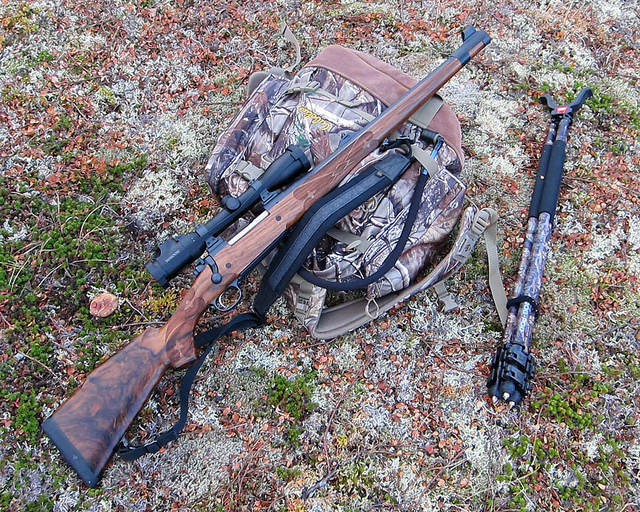So, how do you know when a rifle is likely too far gone to be saved? Well, here are some clues that yours has a serious problem?
As a rule, any rifle that’s going to shoot well is going to do so from the first three rounds you put through it. Either something you feed it is going to group right at the outset, or the rifle will fire occasional good groups with a couple of flyers, but you’ll see it trying to do its best.
An inaccurate rifle will spray them all over the target, right from the outset. Nothing you feed it will group consistently. If this happens, nine times out of ten it’s not worth what it costs to fool with it. If it’s a high-quality gun or is a good used rifle with no signs of abuse, before you sell it, it’s time to round up the usual suspects.
First, check the scope. Some years ago D’Arcy Echols kindly lent me a .404 to test. No one builds better rifles, and damned few people build them as good, but I could not hit the target with this one. As it turned out, the scope, a highly reputable one, was the culprit.
Check the bedding screws. It can be something as simple as this. I once got a rifle from a maker who puts his guns together personally in a small shop, and what he makes, shoot. This one shot OK; maybe 1 ¼”, but no great shakes. The reason was not that that there was a loose bedding screw, there was no rear bedding screw. When I installed one, the rifle immediately turned sensational, and became one of the most useful guns I’ve ever owned.
If you have a used rifle that won’t shoot, check the bore with a bore scope. There are an amazing number of people who are content to shove the occasional oily patch through the barrel and let it go at that, neglecting the copper fouling that builds up and up. One rifle maker friend of mine tells me that over the years he’s gotten who knows how many calls from people who bought a gun from him and it shot fine, but now it won’t.
“Send it back,” he says, knowing in advance what the problem is, and he gets out the cleaning rod and the polishing flour and spends an hour of elbow grease and the rifle shoots like new again.
